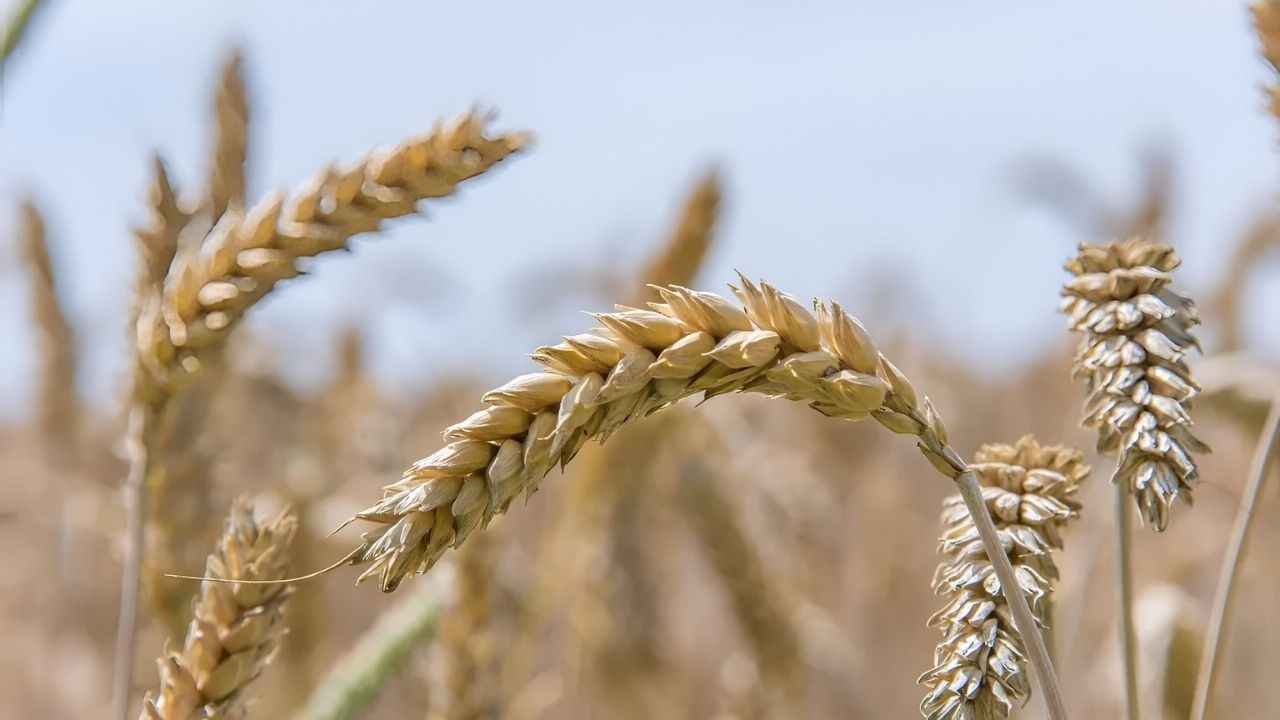
Ergot is a fascinating fungus with a rich history and significant impact on both agriculture and medicine. Found primarily on rye and related plants, this fungus has been known to cause serious health issues in humans and animals. Ergotism, also known as St. Anthony's Fire, refers to the severe symptoms caused by consuming ergot-contaminated grains. Interestingly, ergot has also played a crucial role in the development of modern pharmaceuticals, including drugs used to treat migraines and induce labor. Despite its dangerous side, ergot's unique properties have made it a subject of extensive study and curiosity. Ready to dive into 33 intriguing facts about ergot? Let's get started!
What is Ergot?
Ergot is a type of fungus that grows on rye and other grains. This fungus has a fascinating history and a range of effects on both humans and animals. Let's dive into some intriguing facts about ergot.
-
Ergot is a fungus that primarily infects rye but can also affect other grains like wheat and barley.
-
The scientific name for ergot is Claviceps purpurea.
-
Ergot has been known since ancient times, with references dating back to the Middle Ages.
-
Ergotism is the term used to describe poisoning caused by consuming ergot-contaminated grains.
-
Symptoms of ergotism include hallucinations, severe pain, and gangrene.
-
Ergot contains alkaloids that can cause powerful effects on the human body, including vasoconstriction and hallucinations.
Historical Impact of Ergot
Ergot has played a significant role in history, sometimes with devastating consequences. Here are some historical facts about ergot.
-
The Salem witch trials in 1692 may have been influenced by ergot poisoning, as some symptoms of ergotism resemble those described by the accusers.
-
St. Anthony's Fire was a term used in the Middle Ages to describe ergotism, named after the monks of the Order of St. Anthony who treated the afflicted.
-
Ergot outbreaks were common in Europe during the Middle Ages due to the widespread consumption of rye bread.
-
The Great Fear in France (1789) saw mass hysteria and panic, possibly linked to ergot poisoning.
-
Albert Hofmann discovered LSD in 1938 while studying ergot alkaloids, leading to the development of the psychedelic drug.
Medical Uses of Ergot
Despite its toxic effects, ergot has been used in medicine for centuries. Here are some facts about its medical applications.
-
Ergotamine, derived from ergot, is used to treat migraines.
-
Ergometrine is another ergot derivative used to control postpartum hemorrhage.
-
Midwives in the 16th century used ergot to induce labor, although this practice was risky.
-
Ergot alkaloids have been studied for their potential to treat various medical conditions, including Parkinson's disease.
-
Ergot derivatives are used in some medications to treat conditions like hypertension and dementia.
Ergot in Agriculture
Ergot affects crops and can have significant economic impacts. Here are some agricultural facts about ergot.
-
Ergot contamination can reduce crop yields and make grains unsafe for consumption.
-
Farmers use crop rotation and resistant grain varieties to manage ergot infections.
-
Ergot sclerotia, the hardened masses of fungal tissue, can be seen on infected grains and are often removed during processing.
-
Ergot spores can survive in the soil for years, making it challenging to eradicate.
-
Ergot infections are more common in cool, damp climates where the fungus thrives.
Ergot in Modern Times
Ergot continues to be a subject of study and concern in modern times. Here are some contemporary facts about ergot.
-
Ergot contamination is monitored by food safety agencies to prevent outbreaks of ergotism.
-
Modern milling processes help reduce the risk of ergot contamination in flour and other grain products.
-
Ergot research has led to the development of new medications and treatments.
-
Biotechnology is being used to study ergot and develop resistant grain varieties.
-
Public awareness campaigns educate farmers and consumers about the risks of ergot.
Interesting Tidbits about Ergot
Ergot has some lesser-known but equally fascinating aspects. Here are some interesting tidbits.
-
Ergot can infect wild grasses, not just cultivated grains.
-
Ergot has a unique life cycle, involving both sexual and asexual reproduction.
-
The name "ergot" comes from the French word for "spur," referring to the shape of the fungal growths.
-
Ergot fungi produce a variety of alkaloids, each with different effects on the body.
-
Ergot has been used in traditional medicine in various cultures for centuries.
-
Some species of ergot are used in the production of pharmaceuticals.
-
Ergot poisoning has been suggested as a possible explanation for historical events involving mass hysteria and strange behavior.
The Final Word on Ergot
Ergot’s history is as fascinating as it is complex. From its role in medieval epidemics to its place in modern medicine, this fungus has left an indelible mark. Understanding ergot helps us appreciate the delicate balance between nature’s dangers and its benefits. While ergot poisoning once caused widespread fear, today it offers valuable compounds for treating migraines and inducing labor. This duality makes ergot a unique subject of study. Always remember, though, that handling ergot requires caution due to its potent toxins. Whether you’re a history buff, a science enthusiast, or just curious, ergot’s story is a reminder of nature’s power and mystery. Stay curious, stay informed, and never underestimate the tiny organisms that shape our world.
Was this page helpful?
Our commitment to delivering trustworthy and engaging content is at the heart of what we do. Each fact on our site is contributed by real users like you, bringing a wealth of diverse insights and information. To ensure the highest standards of accuracy and reliability, our dedicated editors meticulously review each submission. This process guarantees that the facts we share are not only fascinating but also credible. Trust in our commitment to quality and authenticity as you explore and learn with us.
